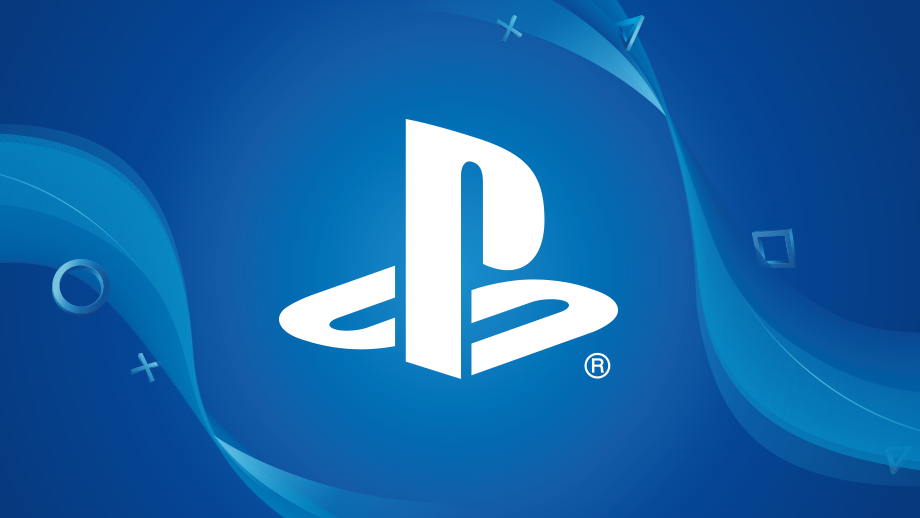The tech wizards over at Wired Magazine were fortunate enough to sit down with Mark Cerny, lead system architect for the PS4, and he talked them through the technical details for the still-unannounced PS5.
The most significant addition to the PS5 will be the addition of a Solid State Drive.
For those among us who have upgraded to SSD, it’s a true game-changer (pun intended) in how our computers work.
It usually takes about 15 seconds on Windows 10 from boot up to sign in screen – with an SSD, that’s reduced to less than a second.
The most telling part of the article was Cerny demonstrating Spider-Man on the PS4, a game already pushing the technical limits of the console, and it’s 15-second fast-travel subway cutscene.

Using the PS5, that’s reduced to 0.8 seconds.
On the graphical side of things, the PS5 will use a variant of the AMD Radeon Navi system – still cutting edge technology at this stage and will be formally announced at E3 – and will support ray tracing.
For those not versed in jargon, ray tracing is a system that traces how light travels in complex 3D environments.
It also affects how sound is dispersed in a gameplay enviroment, with Cerny adding that “the gold standard” with audio technology on the PS4 will come through headphone usage.
Volumetric lighting and blooming are all the rage in computer games nowadays (whenever a game is remastered for the current-gen consoles, volumetric lighting is always trumpeted in the marketing) so we’re edging ever closer to the photorealism of the Square Enix tech demo in 2012.
Volumetric lighting is used in most games to give it that bloomy and sunny look, and is a means for light to reflect off surfaces.
The console will be capable of running 8k graphics, whenever that becomes mainstream (4k television uptake hasn’t exactly been stellar) but it will run 4k as standard at launch.
No word yet if this will include a built-in UHD drive like the Xbox consoles.

On the physical media front, Sony seemed to have learned their lessons from the PS4.
The PS5 will be backward compatible with PS4 games.
The main criticism of the PS4 is that it isn’t backward compatible with PS3 games, but lessons have seemingly been learned.
For those still on the virtual reality hype train and feel buyer’s remorse, fear not – Sony has tentative plans for a sequel to PSVR and more support for the 2016 headset.
There’s no official release date set up for the PS4, or indeed, a Sony presence at E3 this year, so the chances of a PS5 appearing under the Christmas tree this year is slim to none.
However considering the PS4 was announced in February 2013 and in shops for November of that year, the winter of 2020 is looking like the most likely time for Sony’s new console.
Sony is a different company from the arrogance and hubris of the early PS3 era, and have won this console generation at a canter.

Whether they’ll keep that momentum going into the next generation of consoles is another question.
Cerny indicated they have already sent out development kits to developers to ensure that they are well used to the system infrastructure in time for launch, meaning there will be plenty of games available at launch.
Early adopters of the PS4 may recall that while the launch line-up was solid, there wasn’t really a killer app for the console (remember Watch Dogs?) until the remastered Grand Theft Auto 5 came out in November 2014.

With all that fancy tech inside the machine, it’ll be very surprising if they sell it for less than 400 Euro at launch.
With Nintendo coming back into the fold like a washed-up boxer, Google entering the arena, Microsoft waiting in the wings, licking its wounds and PC gaming still going strong, we’re now just getting started for the next wave of consoles.
The consumer will be the winner.
![]()


